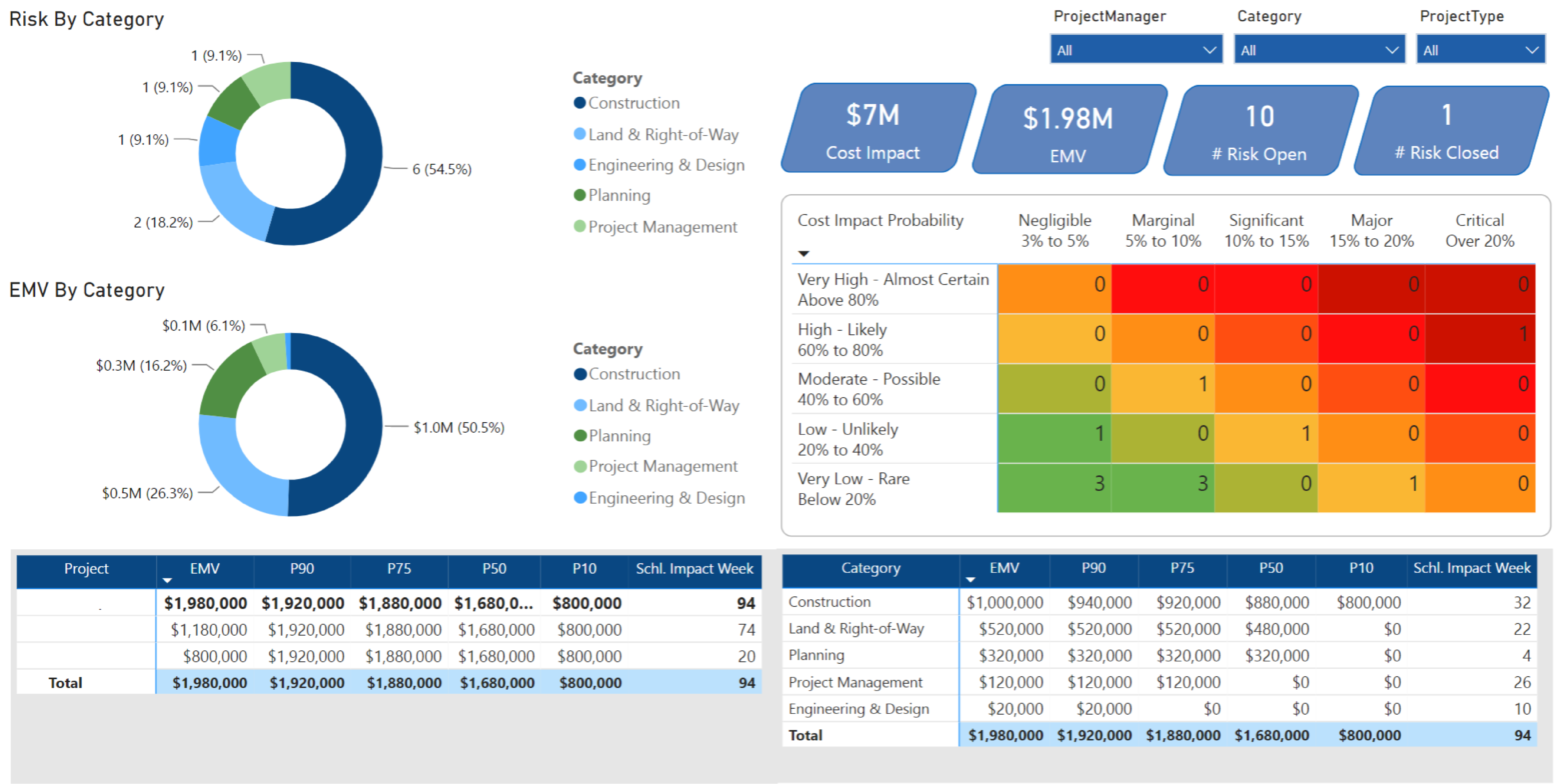Individuals are the third major factor in how a program plays out. Who is involved and influencing decisions — whether on the utility side, the consultant side or externally — can make a difference in the success of a program and its projects. External stakeholders such as transmission operators, governmental bodies and residents have an interest in the projects and can influence their outcomes positively or negatively.
Program managers must constantly consider the role of these interested parties while striving to make the client successful. Therefore, defining success upfront is crucial. Not all objectives will be SMART — specific, measurable, achievable, relevant and timebound — making it harder to define some aspects of program success for utilities.
Regarding capital spending, every utility wants its projects in service when planned and within budget, but that is just one component of what some interested parties consider success. The optics can be harder to pin down: how the community perceives the project, how utilities perceive their partners’ support, or how utility employees regard consultants.
It’s challenging for utilities to scale up or down quickly; there are countless moving parts when it comes to billions of dollars of capital spending within a year. One small influence here or there from key parties can impact how that year plays out, or how a five-year plan does. For this reason, stakeholder engagement is crucial to program management success.
A program can have top-of-the-line tools and optimal processes, but the people make the projects happen. From the utility personnel to the project managers, project control specialists, real estate coordinators, environmental scientists, procurement professionals, construction managers and more, many different resource groups ultimately play a major part in determining the success of a program. All must be in harmony; when one person is out of sync, it can be disruptive upstream and downstream within the program.
A good program is a fine-tuned machine. Its pieces must work together smoothly or it will generate chaos. If a program is missing its capital spend target by $500 million as October approaches, it will be extremely difficult to meet that target. When all the right people are party to good decision-making earlier, it will be far easier to ramp up or down to meet the goals and the definition of success without major disruptions.
One of the biggest wild cards in program management is external influences, such as the community, governmental bodies, environmental issues or procurement. These are largely out of the program’s or utility’s control. For instance, breakers that had lead time of 24 weeks a year ago and 52 weeks a month ago might suddenly have 96-week lead time due to supply chain challenges. Such exponential growth in lead times for fairly common materials is capable of bringing projects to a screeching halt, risking the in-service targets in the capital portfolio.
Strategic work with procurement professionals to establish reliable and robust options to source equipment is a vital step to help portfolio projects get in-service as speedily as possible and keep programs on track for success. When utilities and their partners can draw on a deep network of resources and relationships, they are better able to mitigate those risks and achieve creative solutions.
Processes and tools alone cannot solve every problem. It takes human brains to make smart decisions about how to utilize the tools and processes available to optimize the outcomes.


